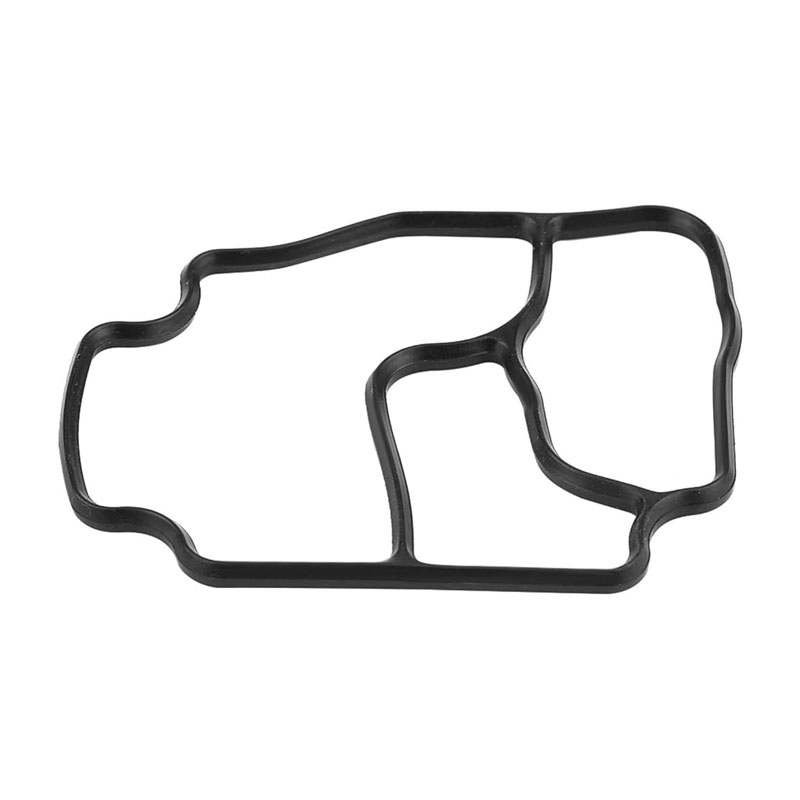oil sump pan gasket
Understanding Oil Sump Pan Gaskets Importance, Function, and Maintenance
The oil sump pan gasket is a critical component in the engine assembly of virtually all vehicles today. This seemingly unassuming part plays a pivotal role in the overall performance and longevity of an engine. In this article, we will delve into the importance, function, and maintenance of oil sump pan gaskets, as well as the potential consequences of neglecting this vital element.
What is an Oil Sump Pan Gasket?
The oil sump pan, also known as the oil pan, houses the engine oil. It serves as a reservoir, collecting oil that circulates through the engine to lubricate its various moving parts. The gasket is a sealing component that sits between the oil pan and the engine block. Made from materials such as rubber, cork, or silicone, the gasket creates a tight seal to prevent oil leaks.
Importance of the Oil Sump Pan Gasket
The oil sump pan gasket is critical for maintaining the proper function of the engine for several reasons
1. Oil Leakage Prevention The primary function of the gasket is to prevent engine oil from leaking out of the oil sump pan. A properly sealed gasket ensures that oil remains in the pan, allowing for proper lubrication of engine components.
2. Engine Performance When oil leaks occur, the engine can run low on oil, leading to inadequate lubrication. This can result in increased friction, overheating, and ultimately serious engine damage.
3. Environmental Protection Oil leaks not only have detrimental effects on engine performance but can also harm the environment. Spilled oil can contaminate soil and waterways, leading to potential legal and cleanup costs.
4. Cost-Effectiveness Preventing oil leaks through a functional sump pan gasket can save car owners from costly repairs. Replacing engine oil is much simpler and cheaper than addressing the aftermath of severe engine damage due to neglect.
Signs of a Failing Oil Sump Pan Gasket
oil sump pan gasket

Over time and with exposure to heat and engine vibrations, the gasket can deteriorate or become damaged
. Here are common signs that may indicate a failing oil sump pan gasket- Oil Stains If you notice oil spots under your vehicle where you park, it may be a sign of a leaking gasket. - Low Oil Levels Frequent need for topping off engine oil can suggest an internal leak. - Oil Warning Light If the oil pressure warning light comes on, it could indicate a leak or low oil levels due to a compromised gasket. - Engine Noise An engine that loses lubrication may produce unusual noise due to increased friction among moving parts.
Maintenance Tips for Oil Sump Pan Gaskets
Proper maintenance of the oil sump pan gasket is essential in prolonging its life and ensuring optimal engine performance. Here are some tips
1. Regular Inspections During routine oil changes, mechanics should inspect the gasket for signs of wear or leaks. Addressing small issues early can prevent larger problems.
2. Use Quality Oil High-quality engine oil can help reduce wear on the gasket and improve overall engine performance.
3. Proper Installation If replacing a gasket, ensure it is installed correctly. Misalignment can lead to leaks.
4. Temperature Management Avoiding extreme engine temperatures through regular maintenance can prolong the life of the gasket.
Conclusion
The oil sump pan gasket may not be the most glamorous component of an engine, but it is undoubtedly one of the most vital. Its ability to prevent leaks and maintain the engine’s lubrication system ensures efficient performance and longevity. By understanding its importance and recognizing the signs of potential failure, car owners can take proactive measures to maintain their vehicles, safeguarding against costly repairs and preserving the health of their engines. Regular inspections and proper maintenance routines can go a long way in ensuring the gasket remains in optimal condition, allowing drivers to enjoy smooth and efficient rides.
-
Understanding the Front Main Engine Seal: Purpose, Maintenance, and Installation
News Jul.29,2025
-
Understanding O-Rings and Seal Rings: Types, Applications, and Custom Solutions
News Jul.29,2025
-
Understanding Crankshaft Oil Seals: Rear Seals, Pulley Seals, and Their Role in Engine Integrity
News Jul.29,2025
-
The Importance of Front and Rear Crankshaft Seals in Engine Performance and Oil Management
News Jul.29,2025
-
Crank Oil Seals: Functions, Types, and Cost Considerations in Engine Maintenance
News Jul.29,2025
-
A Comprehensive Guide to O-Rings and Seals: Types, Materials, and Global Applications
News Jul.29,2025
-
Mastering Diesel and Performance Engine Maintenance: A Guide to Critical Oil Gaskets
News Jul.28,2025
Products categories















